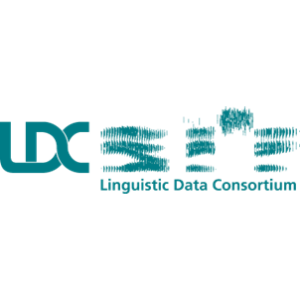Rationale
Picture naming errors are an important window into the mechanisms responsible for speech and language dysfunction in brain disorders. Naming a picture is a complex process, involving multiple cognitive abilities. In the first place, the picture must be recognized by the visuo-perceptual system. The corresponding meaning must then be attributed (semantic processing), a specific word retrieved (lexical selection) and linked to a stored sequence of phonemes (phonological representation), finally resulting in speech production, after a stage of phonological assembly. Each of these stages of the naming process can be affected by lesions involving a large-scale left hemispheric network, resulting in different error types (visual, conceptual, lexical-semantic, phonological). Error analysis in naming and in additional tasks, such as connected speech or reading aloud, is useful to identify the locus of dysfunction and, if imaging information is available, the correlated neural substrate (Friedmann et al., 2013). Several studies have applied this approach in aphasia due to stroke (Gleichgerrcht et al., Neurology 2015) or neurodegeneration (Catricalà et al., Neurology 2020).
Illustration of the approach
To the best of our knowledge, a cross-linguistic approach has never be applied to the investigation of naming errors in neurodegenerative disorders. Insights about the impact of differences in organization of semantic memory and lexicalization, of morphological structure, and of phonological/orthographic differences could be gained by cross-task and cross-language analysis of error types.
Invitation to join our ongoing cross-linguistic studies
We propose a cross-linguistic study on AD, MCI, PD, bvFTD, and PPA variants to examine which linguistic properties have a systematic effect across languages on the production of speech and language errors, focusing on naming errors and looking for the correlation with errors in other tasks (connected speech, reading aloud); a correlation with lesion site will also be explored on the available datasets.
What do we offer?
We will develop, in collaborations with the other participants, a harmonized system for error classification. A centralized database for data collection and a system for imaging data analysis based on federated data sharing. We aim to publish innovative manuscripts in high-impact journals, with a fair and consensual co-authorship agreement (to be jointly decided among participating sites).
What do you need to participate?
Inclusion in the study requires the following data from persons with AD or MCI or PD or bvFTD or PPA variants (healthy controls are always welcome as well):
1. Sociodemographic data (sex, age, education, handedness), diagnosis of dementia.
2. Neuropsychological data (a cognitive screening battery, such as MMSE, MoCA or ACE-III; and additional cognitive tests to be explored depending on availability).
3. Error data (transcription) in a picture naming task. If available, transcription of a connected speech sample AND/OR error data (transcription) of a reading aloud task, of words and/or nonwords.
4. If available, neuroimaging data would be a great addition.
How do I proceed if I am interested?
Please contact Naama/Stefano to set up a call.
Thanks!




